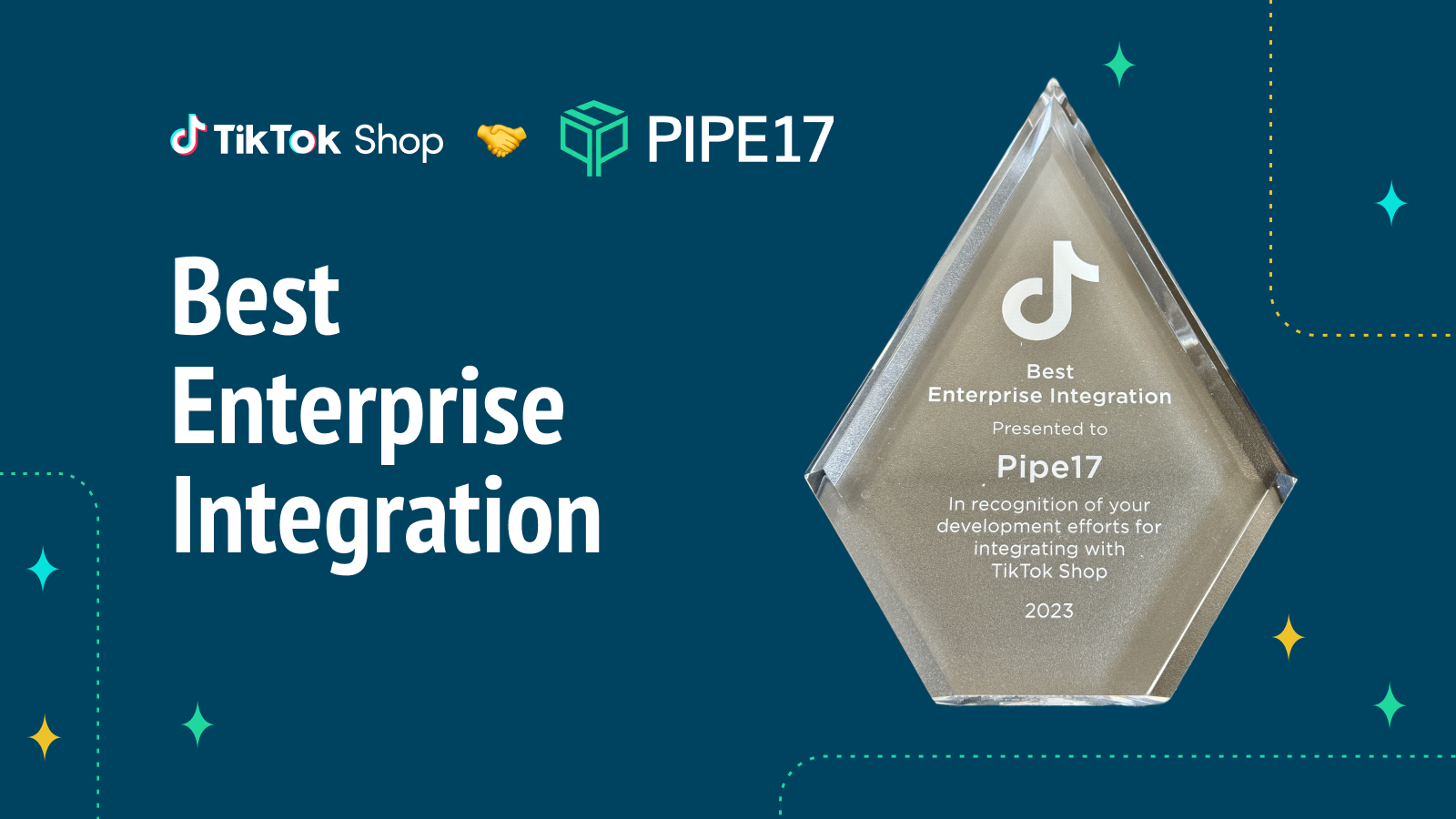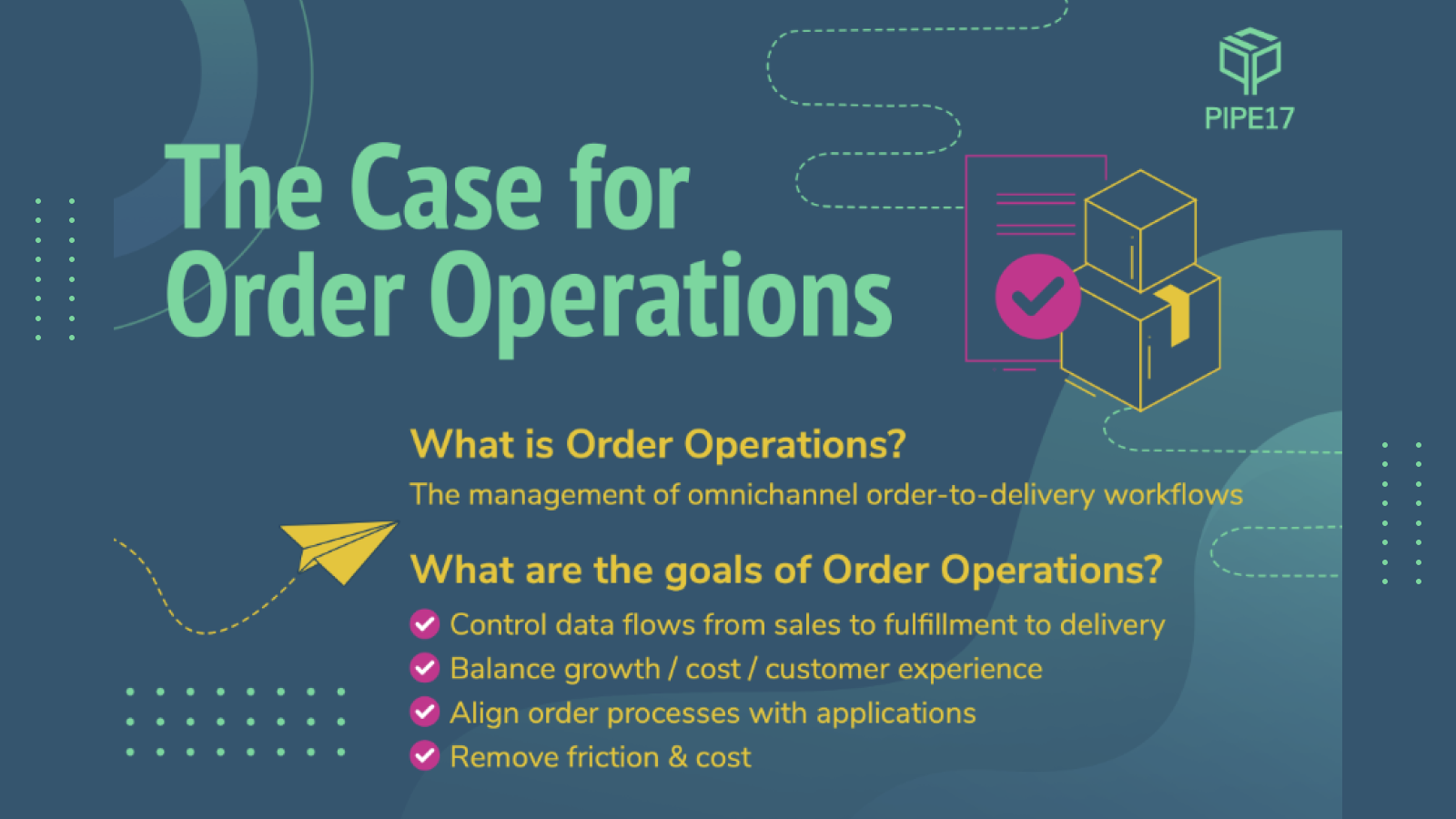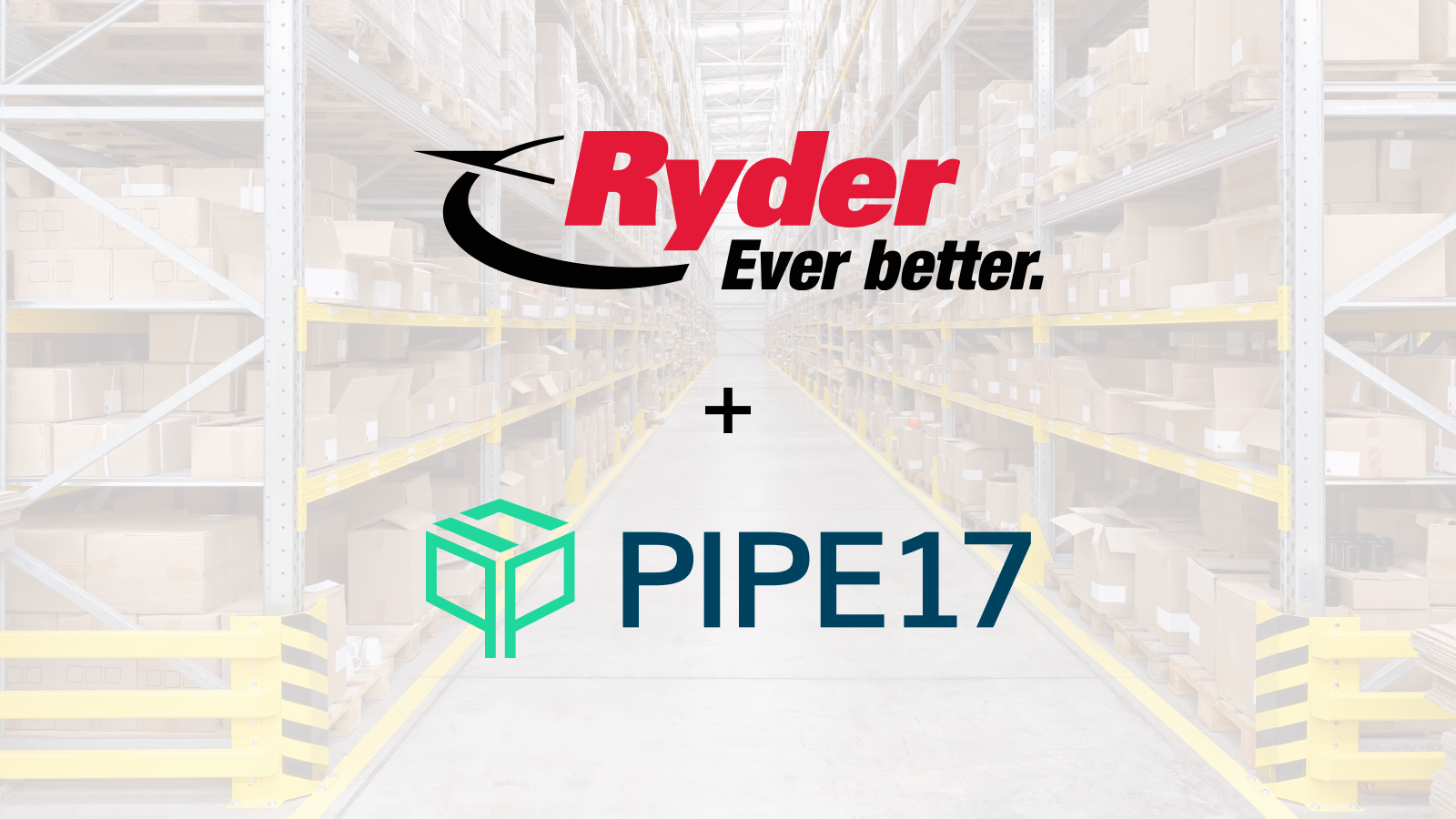Handling logistics and fulfillment for a small eCommerce business is relatively straightforward. (Or rather, it’s at least compared to doing the same for larger businesses.) Most young operations start with a simple-to-use option like Fulfilled by Amazon (FBA) or — because order size is relatively low — they fulfill all orders in-house. (Or some, like one of our healthcare clients, choose to do both.)
However, as the business grows and order volume and size increases, ecom stores will have to expand fulfillment operations. This may mean partnering up with a 3PL or 4PL, setting up your own fulfillment warehouse, or connecting with a local warehouse. Each fulfillment option comes with specific pros and cons. Let’s take a look at the benefits and challenges of the three most common fulfillment options we see in eCommerce.
1. Use one (or more) of Amazon’s fulfillment services
When Amazon launched Fulfilled by Amazon (FBA) in 2006 — back when eCommerce sales in the US were 8 times lower than they were in 2020 — they led a transformation in the way small and mid sized companies did business. At this point, almost everyone has heard of — or used — FBA: with it, you get access to Amazon’s customer base and Amazon handles order fulfillment. But Amazon offers another fulfillment alternative: Multi Channel Fulfillment (MCF). With MCF, you sell your products through your own website and Amazon handles the logistics.
The pros and cons of using FBA
FBA can technically fall inside the 3PL category but — because it’s both a seller and a fulfillment system, and because Amazon is ubiquitous — we believe it falls into its own unique category. (Plus, it follows its own specific rules too.)
If you sell on Amazon, using FBA to fulfill at least some of your orders can feel like a no-brainer. The advantages of FBA stretch beyond the obvious storing, packing, shipping, customer service, and returns and exchanges handling. When you use FBA, you send your goods to Amazon’s distributed warehouses around the US and the world, use Amazon’s tools to manage your inventory and — of course — get access to their shoppers. Your products also become eligible for Prime shipping, increasing your appeal to Prime members. (Seeing that about a third of consumers place at least one Amazon order a week, this increases your chances of making the sale.)
However, while FBA offers a lot of benefits, there are some additional factors worth considering. While Amazon supports sellers — and creates plenty of services to help them — as a business, their customers are their number one priority. This means that during unusual situations — like the whole of 2020 — Amazon may prioritize fulfillment on factors other than their sellers. (In 2020, Amazon prioritized shipping essential items only which created challenges for sellers with inventory sitting in FBA warehouses. For some of these sellers, this highlighted the need to have a back-up fulfillment option.)
The pros and cons of using MCF
Amazon’s Multi Channel Fulfillment (MCF) gives you access to Amazon’s fulfillment network of distributed warehouses and 1 and 2-day delivery speeds without the Amazon branding. You can use it to sell on any channel, including your own website. Here’s the best part: you don’t have to sell on Amazon to use MCF. Basically, it acts like a large 3PL with an excellent network.
Up until recently, MCF had some glaring cons: it used Amazon branded packaging, delivered on Amazon branded trucks to fulfill orders that may come from a store’s personal website or a different sales channel. Recently, all that changed: brands can now choose to ship goods in plain boxes on plain trucks, disassociating your brand from Amazon completely. Essentially, MCF has gone fully 3PL/4PL hybrid with the plus of having access to Amazon’s unparalleled negotiating power.
2. Fulfill everything yourself by managing your own warehouse
If you run an eCommerce business, you always have the option of running the whole fulfillment chain yourself and managing all logistics in-house. This comes with its own specific set of pros and cons.
The pros of running your own fulfillment
Running fulfillment on your own, gives you full control over every aspect of the supply chain: you know exactly where everything is, how it’s packaged, how it’s stored, and how it’s sent. For ecom businesses that rely on a highly branded, experiential unboxing experience, this can be a viable option. This can work well if the operation is smaller, products have a higher price tag and the experience is highly personal.
Fulfilling everything yourself also lets you control fulfillment from an ethics, waste and sustainability perspective: you can control packaging materials, power and transportation sources, and waste management.
The cons of running your own fulfillment
eCommerce logistics can get intricate and time-consuming, fast. First, you need to negotiate for — and rent — an appropriate warehouse. Then you need to outfit and staff it. You also need to make deals with transport teams and delivery providers. Absolutely every part of the supply chain — everything that goes wrong or right — falls on you. And, if you’re in that middle awkward stage of growth — large enough to need the people and software but not large enough to negotiate better discounts on fulfillment — costs can mount up fast.
3. Use a Third Party Logistics Service (3PL)
In theory, 3PLs make life easier: they take inventory management, storage and fulfillment off your hands. Here’s how it works: you send your products to a 3PL and connect your tools to their warehouse management system. From there, orders flow to the 3PL and their team fulfills them.
The pros of using a 3PL
When it works, partnering with 3PLs helps eCommerce businesses provide faster, more affordable fulfillment. A 3PL helps you manage and distribute your inventory. Because the space is shared between multiple companies, they usually have a better distributed network which means you can have your goods in more convenient locations than if you were fulfilling everything yourself.
When they work well, using a 3PL — in an ideal world — saves you time, money, expands your reach and reduces the work your team has to do internally. It also gives you flexibility and room to grow: if you have more orders than expected, the 3PLs staff can handle it.
The cons of using a 3PL
Companies often use their own unique 3PL software which can make it hard to connect with your existing systems. A lot of 3PLs use legacy software: they don’t always have API connectors, and sometimes they use simple file connectors. This can make integration challenging. To add to it, not all 3PLs handle returns, or support kits and bundles. And once your inventory is sent to your 3PL warehouse, if anything goes wrong on their end, you’ll have a hard time accessing it.
Another con is the length of time it can take to get set up. Because a 3PL has to integrate with the systems and software you use, onboarding can take months. The process can be particularly laborious if the warehouse management system isn’t compatible with tools inside your kit.
Why choose when you can mix and match?
Any smart operations leader would tell you that building redundancies into your eCommerce ops processes is absolutely essential. No matter how great your fulfillment process, things can go wrong or they can change. The way the 2020 changes affected the online shopping industry is a prime example of that. As large parts of the world shut down to fight a global pandemic, Amazon FBA rules changed to accommodate their own needs, inadvertently leaving many sellers with products they could not move.
Building fulfillment redundancies — by partnering with different 3PLs or services — can help make your ops processes more robust. Having different fulfillment options available gives you the freedom and flexibility to adjust to market changes and still manage to fulfill customer orders in time.






